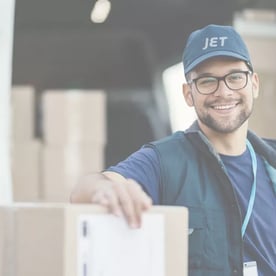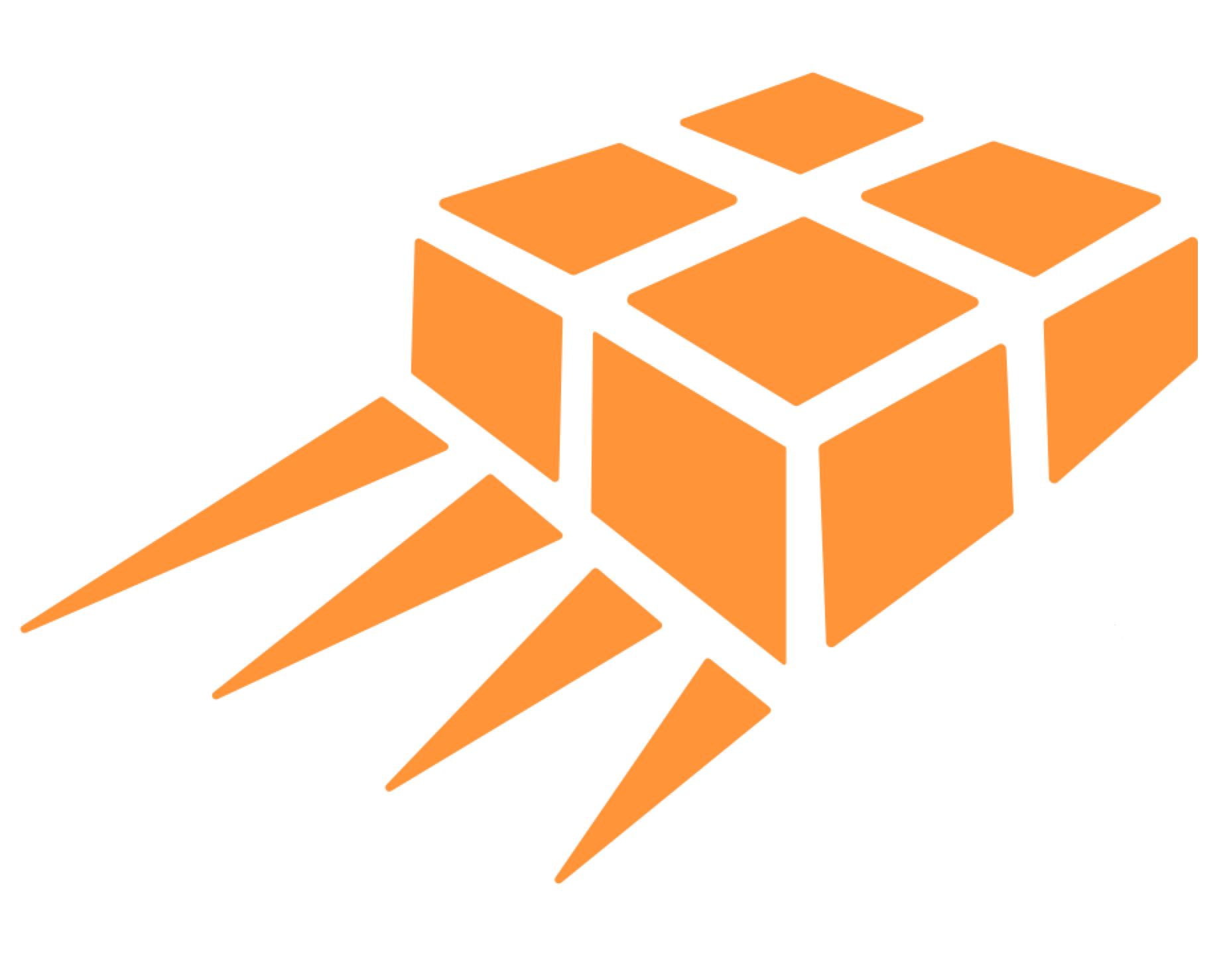
Direct Injection import E-commerce Supply Chain
Cross border e-commerce shipments are increasingly transitioning to ocean shipments. Using Section 321 type 86 entries, e-commerce merchants can clear e-commerce orders shipped via individual parcels shipped via ocean freight.
he internet has been proven disruptive to many processes and e-commerce technologies will increasingly effect the existing “supply chain” models.
he core concept of supply chains of being a complex system of sourcing and moving goods around the globe are being redefined as more goods are bypassing the traditional model.
- High volume parcel importing and distributionto USA
- E-commerce parcel shipping to the USA from China, Asia, France, Europe
- IOSS, VAT payment and shipping ecommere direct to European Union and UK

Disclaimer: The information in this blog is for general information only and is not intended to, constitute legal and/or tax advice. All liability with respect to actions taken or not taken based on the contents of this site are hereby expressly disclaimed. The content on this posting is provided “as is”; no representations are made that the content is error-free.
For information on sending e-commerce parcels to the USA, UK, EU, China, Japan
Contact our parcel logistics experts
he traditional model of supply chain is:
- Buy in bulk
- Ship in large ocean containers to destination country
- In-land transport to point of production
his traditional supply chain model works well for intermediary products / items that are required for final production. It has been estimated that 60% of global trade is in intermediary products.
The shipping of intermediary products via e-commerce parcelconfirms the trend towards increased business to business e-commerce purchases.
E-commerce technologies - complemented by international parcel logistics flows - are enabling buyers to source intermediary products more directly in lower volumes. Although parcel logistics costs continue to decline, the per kilogram is not considered a key performance indicator as is in traditional ocean/truck container shipping. The higher per kilogram unit costs is less of an issue due to the following characteristics:
- Items sent via express parcel have a much higher unit value
- Fast transit allows for efficient ordering to match demand
- On-demand ordering significantly reduce warehousing costs
- On-demand ordering reduced management of inventory
- Significantly lower warehousing costs
he trend in Buyers are often several layers and steps away from the actual producer of the product. Most buyers ultimately buy a product after being handled by layers of middlemen and distributors.
Ocean and air freight transport traditionally involves single containers of thousands of like products. High volume parcel flows involve consolidating thousands of different products to thousands of consignees.
Overseas Distributors and Direct Parcel Injection
>Often, warehousing and pick/pack is less expensive in country of production. This is particularly true for Asian economies. International consolidators and distributors have the advantage of being closer to the point of production, bypass ocean transit and send their high volume parcel flows directly to the destination country.
Using international direct injection, international distribution centers can provide delivery within days at a competitive unit cost to domestic distributors.
For companies embracing e-commerce technologies, Direct Injection is becoming the natural next step in securing a more reactive supply chain model. Direct injection is increasingly being utilized from Asia to the United States and Europe.
Moving beyond “In country solutions”
>While e-commerce technologies have built the platform, including calculation and prepayment of duty/taxes at time of check out, the physical movement has been held back by limited in country solutions. The most common in country solutions are postal delivery and using an integrator.
Direct injection has been slow to develop due to the need for high volume parcel flows to make the flows cost effective. As international parcel volumes have grown, new direct injection possibilities have expanded.

New UPU Rules
New United Postal Union rules that govern "terminal dues" are increasing (in 2020 and beyond) the cost of of parcel packets sent from Asia and Europe to the USA and Canada. E-tailors around the world are now turning to e-commerce direct import solutions using Express Consignment Facilities / ECCF's, Section 321 entries and USPS Global Direct Entry.

Direct parcel flows require technical integration, air cargo capacity, dedicated clearance processes, and effective domestic delivery options.
Direct Import Support to the United States
The USA is the world’s largest destination for e-commerce parcels. For shipments to the United States, the domestic postal delivery via USPS remains the preferred last mile delivery solution.
Explaining What is Section 321?
US Customs allows most individual orders valued under $800 USD to be entered and cleared duty free into the USA. This entry type is known as a Section 321 Informal Entry. Using this entry type, importers can consolidate all their qualifying orders under one entry without H.S. Codes and benefit from duty free entry.
Most goods cleared via a section 321 informal entry are imported under Part 128 of the Code of Federal Regulations (CFR). As such, they are imported to facilities with port codes that define them as Express facilities or ECCF's. Many express operators are also able to clear via freight facilities (with section 321 processes) known as a Container Freight Station or CFS.
For importers who have H.S. codes, it may be best to use a Section 321 "type 86" entry. Using this entry type, goods can be imported via traditional methods using the Automated Broker Interface or ABI system.
Section 321 Port of Entries include:
- Major air freight hubs including JFK, DFW, LAX and ORD
- Border Crossings from Vancouver, Toronto and Montreal
Section 321 Entry Types
Section 321 is a designated entry type for individual consignments valued under $800. The different types of section 321 include:
- Express consignment / ECCF: Goods imported using an ECCF are granted express clearance privileges and are subject to regulations outlined in Part 128 of the Code of Federal Regulations / CFR. Goods imported via express processes are subject to a per consignment fee mandated by customs to reimburse the cost for express processes.
- Goods can be imported using express processes but without the per consignment fee (mentioned above). Goods are transferred to an approved Container Freight Station (CFS) and are usually cleared within 1 to 3 days of arrival.
- Type 86 Entry: For traditional brokerage processes that use automated connections to customs (ACE), section 321 type 86 can be used. The key difference is that HS codes are required for each item. An HS Code is not required for ECCF or CFS section 321 mentioned above.
- Canada/ USA Cross Border Clearance: This method is increasingly being used to take advantage of airlift to Canada and trucking cross border directly (usually) to a USPS facility.
Direct E-commerce Import to Europe
While shipping to Europe has the disadvantage of having to send direct to each country, most European countries have a variety of high quality domestic deliery options. Through our Paris hub, we provide warehousing and EU Parcel Delivery (including Cash on Delivery/ COD to France, Italy and Germany).
Read more: VAT prepayment for ecommerce parcels to the UK
VAT Rules for Imports Shipped Direct to the European Union
E-commerce shipments valued under EUR 150 can be imported via One-Stop Shop (IOSS) processes that allow sellers and online marketplaces to charge VAT at the point of sale and remit it directly to the authorities.
For details on IOSS and the otherEU’s VAT rules, visit: Publications Office of the European Union.
Direct Ecommerce Injection to China, Japan, other Asian Destinations
Direct injection is possible to every country with the main challenge being having the necessary volume to make it cost effective.
e-commerce and international parcel processes are enabling international trade amonga broad array of companies and industries. The promise of global trade is being realized by companies of all sizes.
At Jet Worldwide, we are proud to help connect companies around the world. We serve as consultants to help you find the best solution for expanding your e-commerce parcel network. Feel free to contact to discuss the possibilities.

NEED IMPORT SOLUTIONS TO CANADA AS WELL?
Jet Worldwide provides high volume parcel import process to North America: The USA and Canada!
Jetworldwide.com/contact








